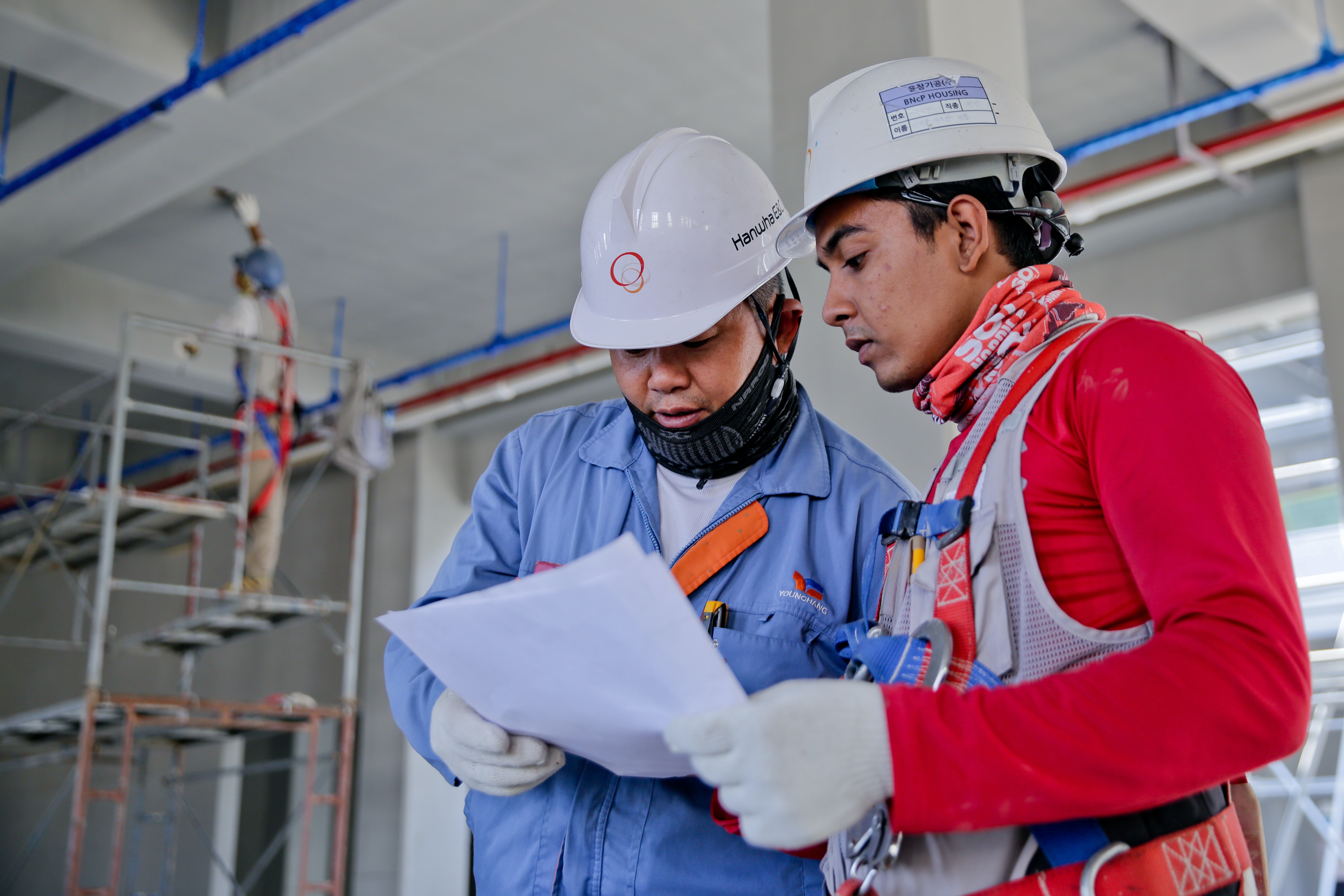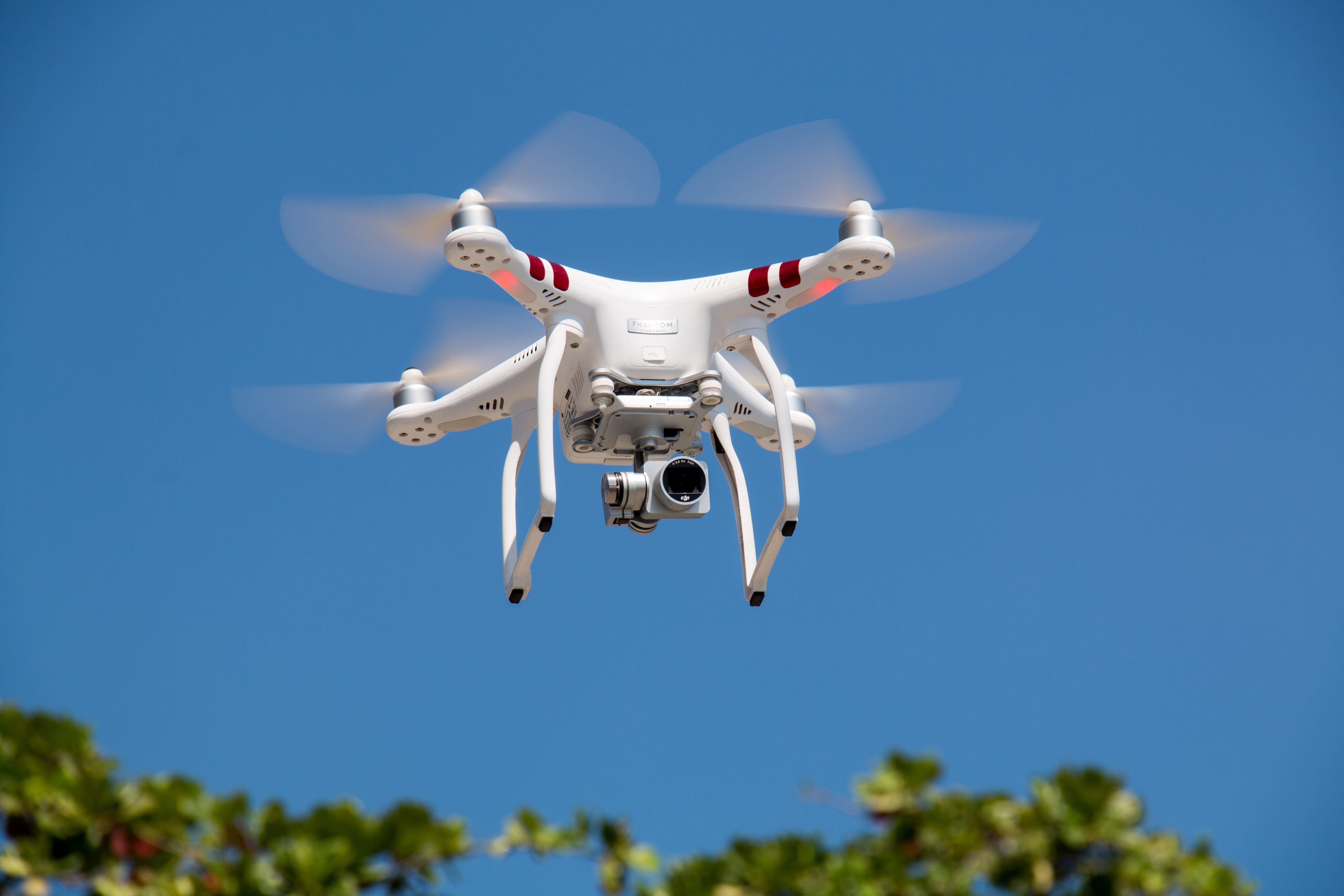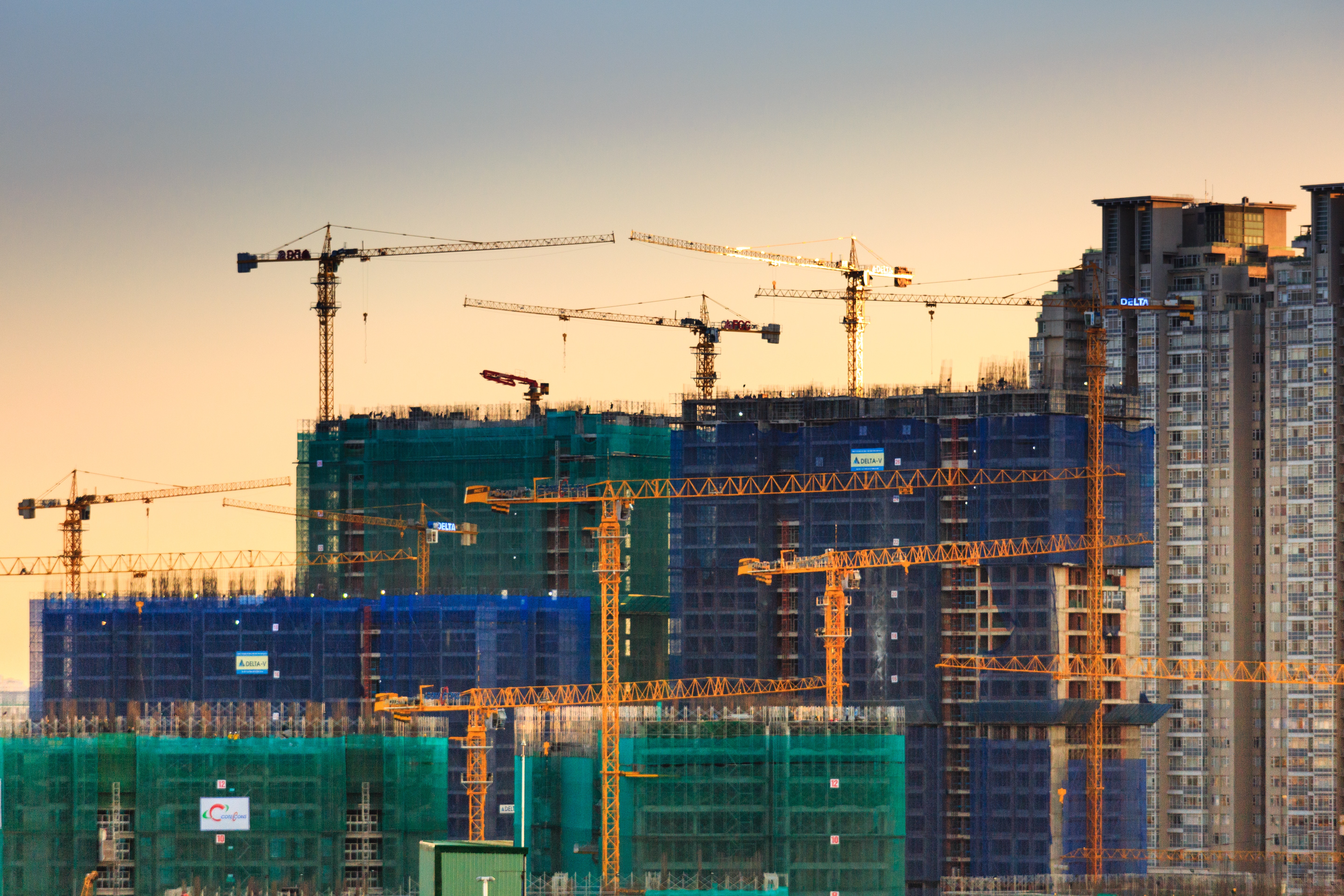How drones will change the construction sector
In this article, Jack Bird, Content Writer from Postage Supermarket discusses how drone deliveries and technological advancements may change the construction industry. He believes the keyword is ‘evolution’, not ‘revolution’ - but hasn’t that always been the case for the industry?
Construction, by its most basic definition, has been around for thousands of years. Originally a selfish act consisting of mud huts to keep us safe and warm, over time it became commercialised - a commodity sold, a craft mastered. With this evolution, the tools used have changed as our creations have skyrocketed, in ambition and size.
Elevators and cranes, hard hats and earmuffs, even something as logistic-focused as safety and trade unions. These are evolutions that may have been met with scepticism at the time but are now a substantial part of the construction industry - and a stark reminder of why any doubt around the potential impact of drones should be tempered.
Below, Postage Supermarket has taken a look at how deliveries and processes will change with time and why shipments via road and sea may never really go away.
On-site deliveries will become faster and safer

One major way that drone technology will help the construction industry is in the ability to transport items much quicker and safer. With companies like Google, UPS and Uber investing billions into the autonomous urban aircraft field (likely because Morgan Stanley estimates the industry will be worth $1.5 trillion by 2040 - source), these quick deliveries of unique items are becoming more and more commonplace. Least of all, these things don’t get stuck in traffic.
Not only may these items arrive quicker, but the aerial capabilities of the drones mean that they can be delivered to a point hundreds of feet into the air - no need to worry about awkwardly manoeuvring materials up the stairs of a building site.
Even outside of deliveries from exterior locations/companies, the simple act of transporting an item from one spot in the construction site to another will be made drastically safer and could have a notable impact on the on-site injury numbers.
The impact on surveying areas

Gone will be the days that members of the team will need to manually traverse an area and take note of the land. Instead, drones boasting high definition cameras will be able to capture the area from different angles and even use these images to create a 3D rendering that can be imported into construction and design software.
While people may - understandably - still want the human perspective, this is still an incredibly valuable asset.
What do the experts say?
While the early experiments haven’t been focused on construction tasks, we can take a cue from what Scott Price (Chief Strategy and Transformation Officer for UPS) recently said. After running tests transporting medical products, which may not be as heavy as cement bags but certainly were heavier than the burgers Uber Eats were delivering, he said:
“We’ve proven through ongoing commercial drone delivery programs that effective drone delivery of medical products is faster than conventional ground-based transportation. Drones offer a low-touch option for delivery of lab specimens and medical products that could make a significant impact in an urgent response application.”
(Source)
Jim Greenberg, of tech company Trimble who made their name with construction software, had the following to say about the role which drones could play in worksites in terms of surveying: “At Trimble, we have a really streamlined workflow. If you follow the workflow, fly the drone, put down some checkpoints, we can have a quantifiable work surface that a user can collect, have confidence in and start making measurements with.
“The way they make their measurements is in a platform that kind of looks like Google Earth. Anyone who has a reasonable idea of spatial data will have no issues with it.”
(Source)
What will change and how fast will it happen?

It’s important to not get carried away with these drone dreams yet. Yes, these feats are technically possible at the moment - but it’s a regulatory nightmare because everything is so new. It’s no surprise that it’s taking companies as large as UPS and Amazon to tackle this because they’re the only ones with the manpower to navigate it all.
The truth is that these will not be replacing road deliveries anytime soon, in the same way that we’ve not stopped shipping construction materials via sea once we learned how to fly. You will still have options widely available, with drones rarely forced upon you.
It is up to the construction industry to embrace this technology into their repertoire. It may be the idea that it’s construction workers versus the drones that will lead to a negative relationship. Instead, companies need to see these as simply extensions of the tools available.










